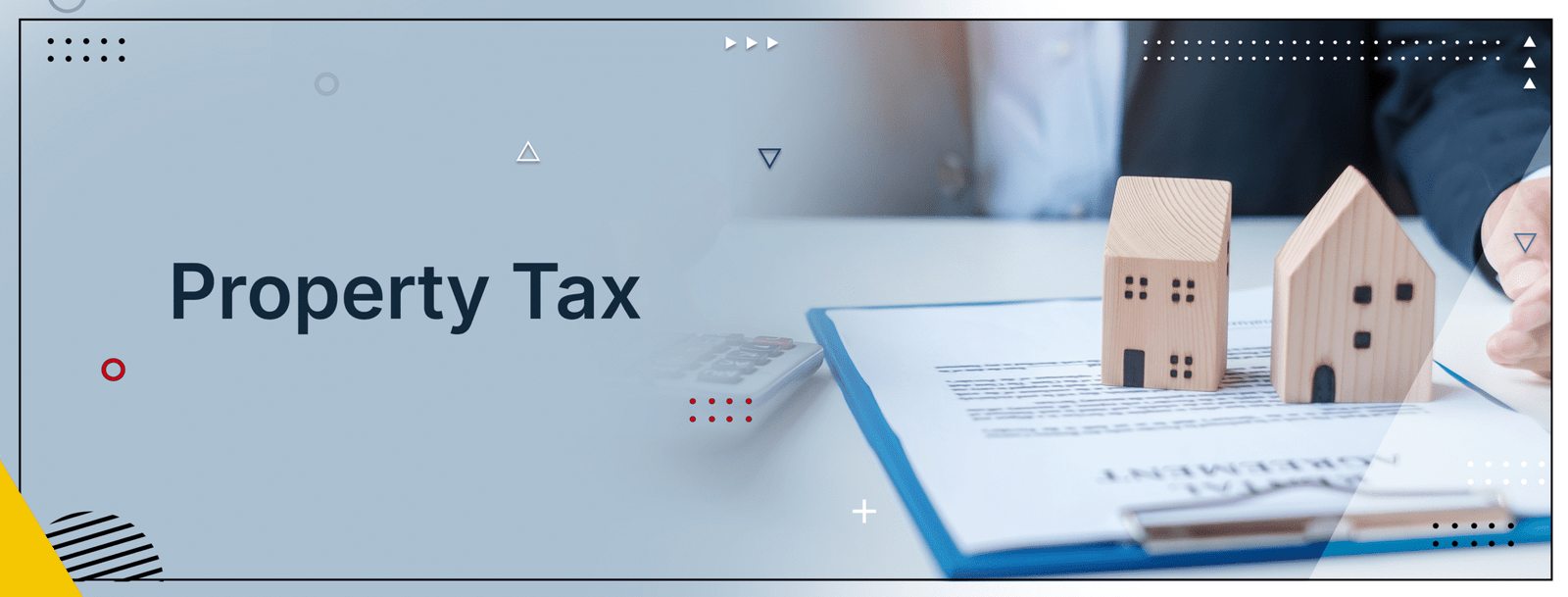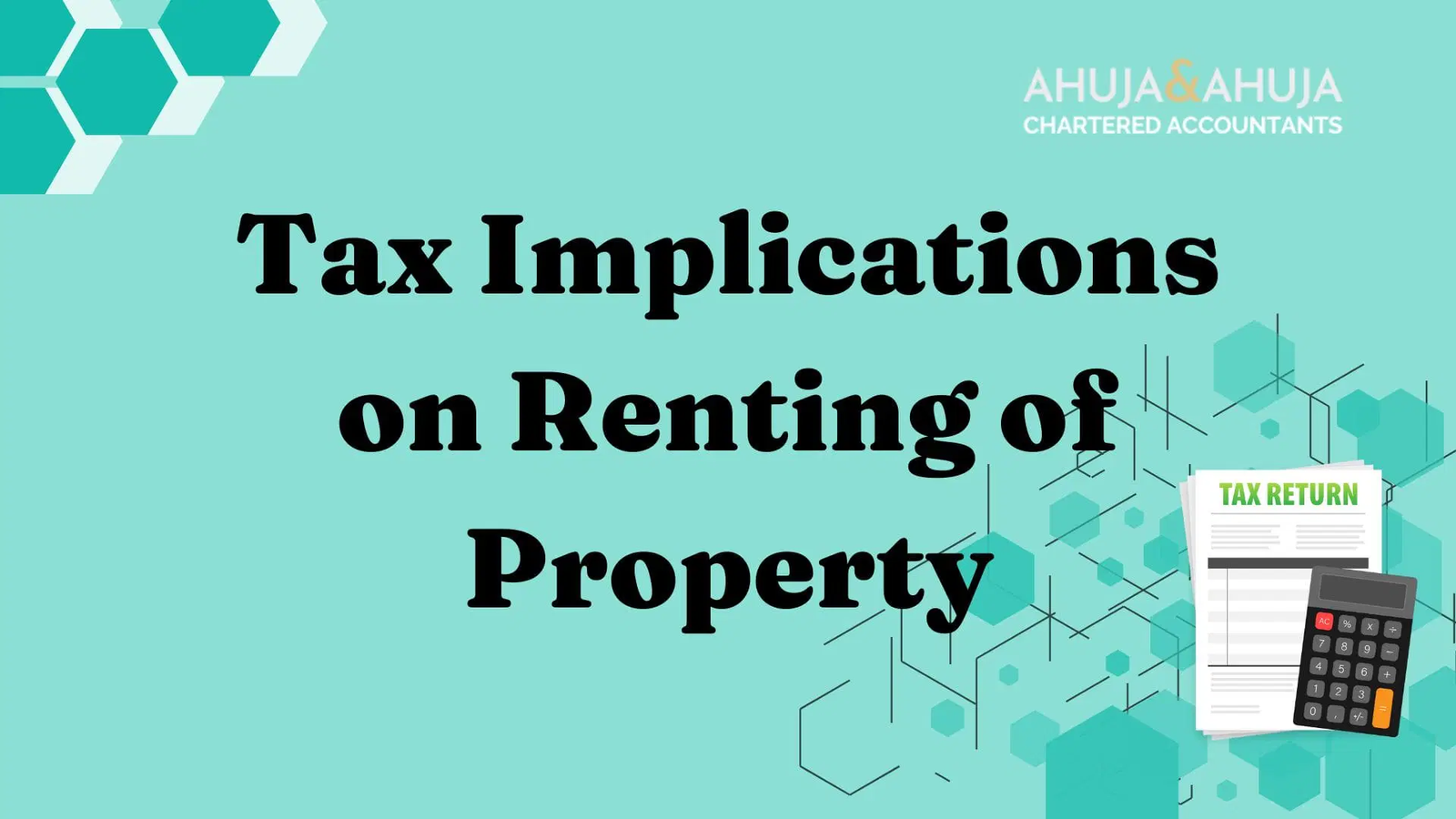Now Reading: Corporate Tax for Property Funds: 5 Legal Compliance Essentials
-
01
Corporate Tax for Property Funds: 5 Legal Compliance Essentials
Corporate Tax for Property Funds: 5 Legal Compliance Essentials

Table of Contents
Tax for Property Funds: The UAE’s real estate market in 2025, with AED 893 billion ($243 billion) in 2024 transactions and 7-11% rental yields, is a prime target for property funds, including those with American investors. The 9% corporate tax, effective June 2023 under Federal Decree-Law No. 47 of 2022, and the 15% Domestic Minimum Top-up Tax (DMTT) for multinationals with revenues over €750 million (AED 3 billion)
starting January 2025, impose strict compliance requirements on property funds operating in areas like Dubai Marina, Saadiyat Island, and Al Marjan Island. Below are five legal compliance essentials for property funds to navigate UAE corporate tax, ensuring adherence to Federal Tax Authority (FTA) regulations while optimizing returns in a tax-free personal income environment.
1. Determine Taxable Status and Exemptions

Property funds must assess whether they are taxable entities under UAE law. Standard funds (e.g., LLCs) face 9% corporate tax on profits above AED 375,000 ($102,000), while Qualifying Investment Funds (QIFs) and Real Estate Investment Trusts (REITs) can be exempt if they distribute 80% of income and maintain diverse ownership (no single investor owning over 10% of assets), per Cabinet Decision No. 34 of 2025. For example, a REIT managing AED 20 million ($5.45 million) in Dubai South rentals avoids AED 1.8 million in tax. Funds must file exemption applications with the FTA, retaining records for seven years to validate eligibility.
2. Maintain Accurate Transfer Pricing Documentation
Funds with related-party transactions, such as property management fees between a Dubai-based fund and a free zone subsidiary, must comply with OECD transfer pricing rules, ensuring arm’s-length pricing. A fund paying AED 5 million ($1.36 million) in fees to a Ras Al Khaimah Economic Zone (RAKEZ) entity must document market comparability to avoid FTA adjustments. Non-compliance risks penalties up to AED 10,000. Annual transfer pricing reports, due within nine months post-financial year, are critical for funds operating across emirates like Abu Dhabi and Sharjah.
3. Comply with Free Zone Tax Requirements
Funds operating as Qualifying Free Zone Persons (QFZPs) in zones like Dubai Multi Commodities Centre (DMCC) or RAKEZ enjoy a 0% corporate tax rate on qualifying income (e.g., Al Marjan Island rental dividends). Compliance with Decision 265 requires maintaining substance, such as local staff and offices, costing AED 50,000+ annually. A QFZP fund earning AED 10 million ($2.72 million) in free zone income saves AED 900,000 in tax, boosting 8-10% yields. Mainland transactions trigger 9% tax, necessitating segregation of income streams and FTA audits.
4. Deduct Eligible Expenses Accurately
Corporate tax allows deductions for expenses like property maintenance, legal fees, and loan interest, reducing taxable income. A fund managing Yas Island properties with AED 15 million ($4.09 million) in revenue and AED 4 million in deductible costs (e.g., marketing, repairs) pays 9% tax on AED 10.625 million (after AED 375,000 exemption), saving AED 360,000. Non-deductible expenses, like 50% of entertainment costs, must be excluded. Seven-year record retention and quarterly expense reconciliations ensure FTA compliance, supporting 7-9% net yields.
5. File Timely and Accurate Tax Returns
Property funds must file corporate tax returns within nine months of the financial year-end, typically by September 30 for a December close, using FTA’s online portal. A fund with AED 30 million ($8.16 million) in Saadiyat Island rental income must report taxable profits, deductions, and exemptions accurately, with late filings incurring AED 10,000 penalties. Multinational funds face DMTT reporting for global revenues, requiring coordination with international tax advisors. Timely filings, supported by RERA-registered agents, avoid disruptions in high-growth markets projecting 5-8% price increases.
Why These Essentials Matter for American Investors
These compliance measures preserve UAE’s 7-11% yields, outpacing global markets like New York (4.2%). Freehold ownership, no personal income tax, and visa programs (2-year Investor Visa for AED 750,000, Golden Visa for AED 2 million) drive demand, with 45% of Dubai’s 2025 buyers being foreign. Proximity to Dubai International Airport (20-45 minutes) and U.S.-UAE double taxation agreements enhance appeal. Proper compliance mitigates risks in a market with 10-15% appreciation in zones like Al Marjan Island.
Market Outlook and Challenges

The UAE projects 5-8% price growth in 2025, but the DMTT’s 15% rate for MNEs and stricter AML compliance increase costs. A potential 10-15% correction in 2026 due to oversupply (41,000 Dubai units) poses risks. Non-compliance with transfer pricing or filing deadlines can erode returns, emphasizing the need for FTA-accredited consultants. Zakat (2.5% on income for Muslim funds) adds complexity, requiring Islamic scholar guidance for accuracy.
Conclusion
Determining taxable status, maintaining transfer pricing documentation, complying with free zone rules, deducting eligible expenses, and filing timely returns are five essential compliance steps for UAE property funds in 2025. These measures ensure adherence to the 9% corporate tax regime, maximize 7-11% ROI, and align with American investor goals. Expert guidance from RERA-registered agents and tax consultants secures long-term profitability in Dubai, Abu Dhabi, and Ras Al Khaimah’s dynamic market. Property
read more: UAE Real Estate: 8 Tax Implications for Off-Plan Property Buyers in 2025




















